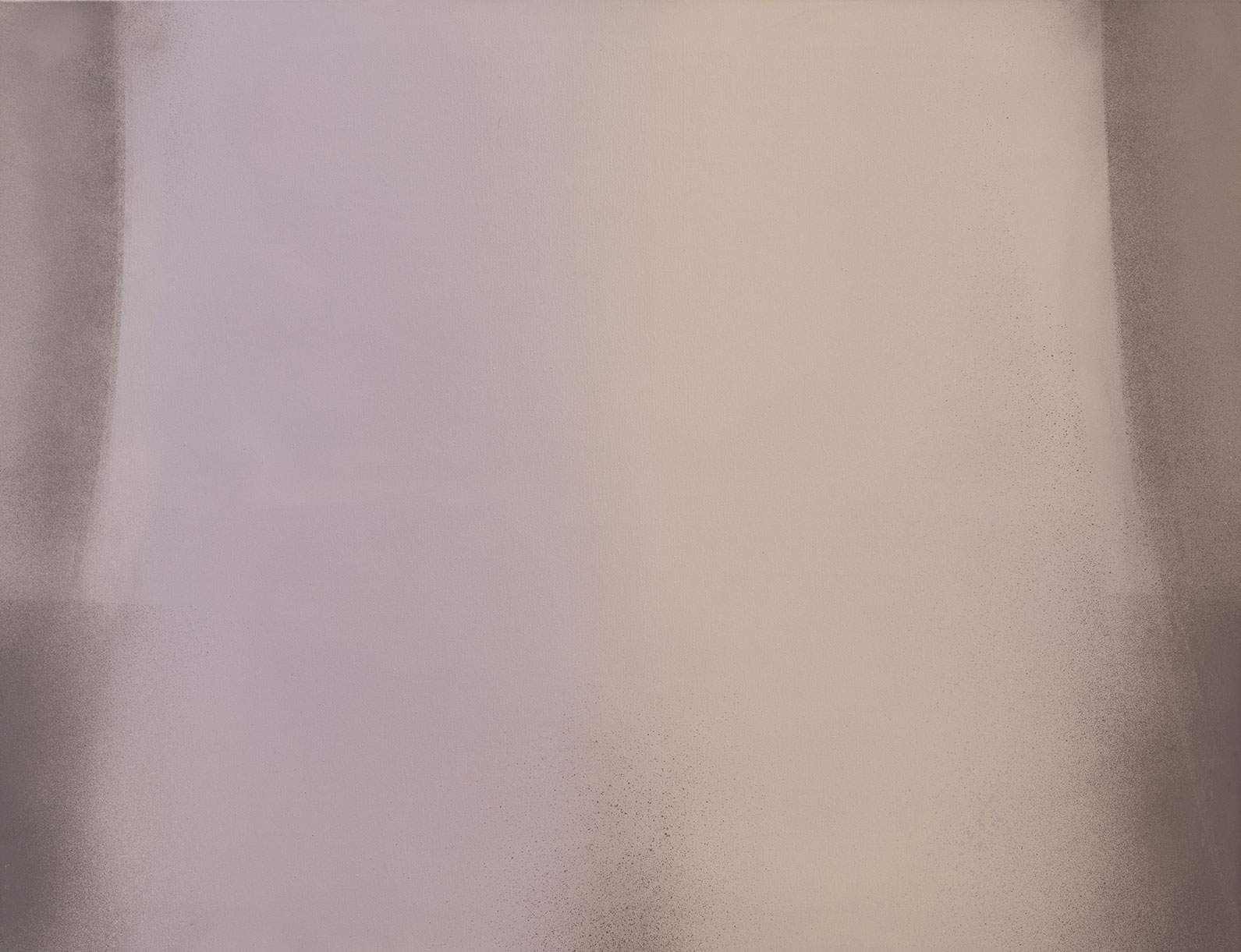Mantua, Ducal Palace hosts first retrospective on Claudio Olivieri since his passing
From October 8 to November 21, 2021, the Palazzo Ducale in Mantua will host the Claudio Olivieri (Rome, 1934 - Milan, 2019) retrospective entitled Infinito visibile. This is the first institutional exhibition set up after Claudio Olivieri’s death: it includes some 30 works, including oils on canvas and mixed media on paper, all owned by the Claudio Olivieri Archive, and takes on special significance as Mantua was the city where the artist spent his childhood.
The exhibition is divided through three rooms, which follow the unfolding of Olivieri’s creative journey, beginning with Untitled of 1967 and ending with Vaneggiare of 2014. The distribution of the works in the space does not, however, follow an exclusively chronological order, but also proceeds by references and assonances, in line with the artist’s thinking, which recognized color and light as the cornerstones of his path. Claudio Olivieri lived in Mantua, his mother’s birthplace, until 1953, the year of his final move to Milan, where for almost twenty years he held the chair of Visual Arts and Painting at the Nuova Accademia di Belle Arti. After his first Milan exhibition, held in 1960 at the Salone Annunciata, the artist was the protagonist of numerous exhibitions that made his work known internationally, such as the Venice Biennales of 1966, 1970, 1986 and 1990, Documenta in Kassel in 1977 and solo shows in Montreal (1976), Bonn (1986), Amsterdam (1997) and Los Angeles (2014). In Mantua, the artist’s entire career is documented, with selected paintings made from the late 1960s until the 2000s and the most recent outcomes of his research.
The works from the late 1960s to the early 1970s (on display Thule from 1970, mixed media on canvas paper) show how the artist had arrived at his personal vision of Informal art that took himself out of the heaviness of matter and the’obscure existential magma typical of that artistic direction, to turn instead to a feverish and electric sign that accords more with the light and brilliance of color than with the gesture of the hand, which, even so, is still present in these early works. This is where that identity between color-object and surface begins to emerge, in a vision in which the agreement between color and luminosity will be increasingly autonomous and disengaged from the subject, to take on an increasingly irrepressible and intensely poetic depth of field, of which the work chosen as the exhibition image and catalog cover constitutes one of the greatest examples(Metempsychosis, 1984).
From the 1970s, space and freedom became watchwords in Olivieri’s painting and marked a decisive turning point, transforming the filamentous pictorial matter of earlier works into layered backgrounds of color, spread now no longer with the brush but with spray, with a technique that the artist would gradually refine and that would allow him to obtain those glazes, those halos, those pictorial openings and breakthroughs beyond the surface that characterize his more mature work. The 1970s and 1980s also saw the prevalence of a palette that while darkening remains resplendent due to the airy and light overlays of the pictorial layers, an effect technically heightened by mixing oil color with turpentine and virgin wax and distributing it in a dusting of light and glimmer spread over the surface with the artist’s masterful use of the spray gun.
In achieving these results, Claudio Olivieri stands in dialogue with the most up-to-date developments in international pictorial research of those years, from the Italian Pittura analitica to the German Geplante Malerei and the more mature outcomes of the American Post-Painterly Abstraction, until finding echoes in the Far East in the painting of the Korean Dansaekhwa group and in some pictorial experiences of that same turn of years within the Japanese Mono-Ha group. The exhibition extends to consider the mature outcomes of that rigorous and essential research, which for Olivieri continues along the lines of the suggestion that color and light will continue to exert on him until his last works, from the most decentralized works(Memorie d’beyond the grave of 1983) to the more axial works of the 1990s and 2000s (such as Occhio Fatato of 1998 and Infine of 2005) to those that insist on margins that like wings open onto the infinity of the most immaterially distant background(Scaturigine of 1992).
The solo exhibition will be accompanied by a catalog published by Publi Paolini with institutional texts preface by Eleonora Olivieri, critical texts by Arianna Baldoni, Matteo Galbiati and Gianluca Ranzi, and rich critical anthology collecting some of the main voices more who have written about Claudio Olivieri from the 1960s to the present. The volume, accompanied by views of the rooms, will be presented at the end of the exhibition. The exhibition is open to the public Tuesday through Sunday from 10 a.m. to 6:30 p.m. The opening will be held on Friday, Oct. 8, from 5-7:15 p.m. Free admission upon presentation of Green pass and use of personal protective equipment. For information: Archivio Claudio Olivieri (T. +39 339 2201894, archivioclaudioolivieri@gmail.com, www.claudioolivieri.com) and Palazzo Ducale di Mantova (T. +39 0376 352100, pal-mn@beniculturali.it, https://mantovaducale.beniculturali.it/).
The Claudio Olivieri Archive was established in Milan in 2021 to protect and enhance the work of artist Claudio Olivieri. The scientific committee consists of Eleonora Olivieri (chair), Arianna Baldoni (curator), Matteo Galbiati, and Gianluca Ranzi. The Claudio Olivieri Archive is also in charge of cataloging and archiving Claudio Olivieri’s works, as well as issuing certificates of authenticity.
Image: Claudio Olivieri, Vaneggiare (2014; oil on canvas, 100 x 130 cm)
 |
| Mantua, Ducal Palace hosts first retrospective on Claudio Olivieri since his passing |
Warning: the translation into English of the original Italian article was created using automatic tools. We undertake to review all articles, but we do not guarantee the total absence of inaccuracies in the translation due to the program. You can find the original by clicking on the ITA button. If you find any mistake,please contact us.




























